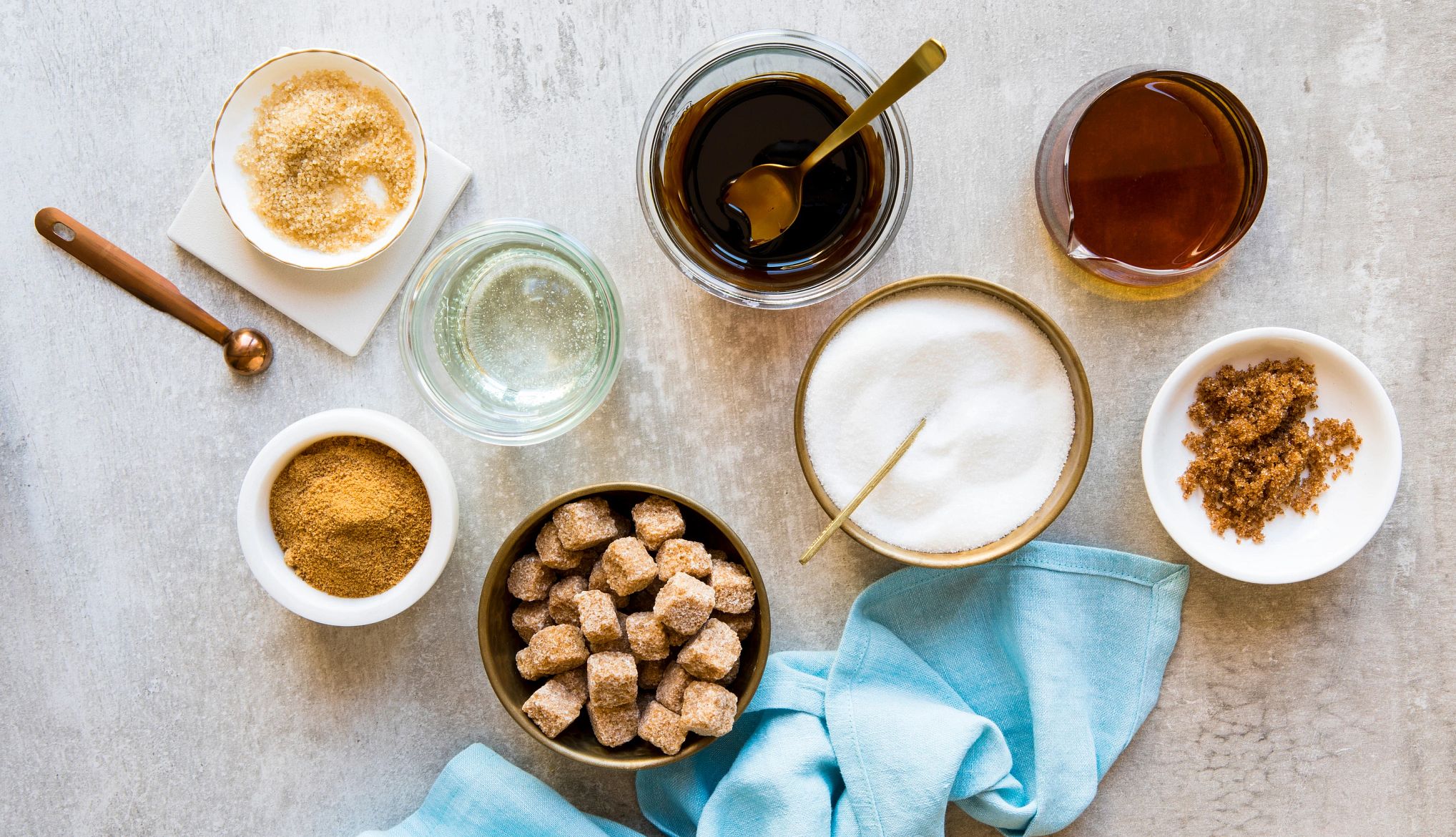AARP Hearing Center


“A little bit of sugar is like sunshine,” says Carolyn O’Neil, a registered dietitian- nutritionist. We all need it, but not too much.
Naturally occurring sugars in fruits, vegetables, dairy products and grains provide essential energy for the body. The sugars are accompanied by antioxidants, fiber, protein and other nutrients. But added sugars in processed food and drinks — like cookies, cakes, sodas and sauces — are linked to a variety of health and dental problems in people over age 50.
Too much can increase the risk of dementia, heart disease, stroke, type 2 diabetes and more. Studies also show that increased consumption of added sugar is associated with an increased risk of certain cancers.
The World Health Organization recommends that adults reduce their added sugar intake to less than 10 percent of their daily calorie consumption. That means consuming fewer than 200 calories, or 50 grams, of added sugar in the average 2,000-calorie diet. The average American has about 270 calories, or 67.5 grams’ worth of sugar (about 17 teaspoons), every day.
Sugar in the body
“Focus less on which sugar is the best but on choosing the smallest amount needed,” says Lena Beal, a cardiovascular dietitian at Piedmont Atlanta Hospital. That helps to maintain energy levels, reduce the risk of chronic diseases and protect dental health.
Sugars are made from different ratios of molecules called simple sugars, like fructose and glucose. For example, table sugar is composed of a 50:50 ratio of glucose and fructose to create sucrose. High-fructose corn syrup, despite its name, doesn’t have significantly more fructose in its composition — the two common recipes are 42 percent fructose and 53 percent glucose, or 55 percent fructose and 42 percent glucose.
Despite the similar chemical nature of the sugars themselves, the body still knows the difference: Foods with processed sugars, like cookies or birthday cake, will spike your blood sugar faster than foods with natural sugars, like berries or yogurt, because of the latter’s additional antioxidants, nutrients, fiber and protein.
So what is the healthiest sugar? The answer is the kind in fruits, vegetables, grains like quinoa, oats and brown rice, and dairy products, including milk and yogurt. After that, the answer is … still complicated.
1. High-fructose corn syrup
High-fructose corn syrup has made headlines recently. Coca-Cola recently announced plans to switch its recipe from high-fructose corn syrup to cane sugar. Some other companies may be following suit. But the science is unclear about whether such substitutions will make a difference in older Americans’ health or waistlines. “The data don’t really suggest that either one of those is good or better than the other, or healthier,” says Jennifer Temple, director of the Nutrition and Health Research Laboratory at the University of Buffalo.
High-fructose corn syrup, commonly found in sodas and other processed foods, is not easily detectable as a flavorful ingredient. “If you’re not getting the benefits of the taste, you’re at risk for consuming way too much,” says O’Neil. The syrup behaves similarly to cane sugar in the body and has similar levels of fructose, despite what its name suggests. But one teaspoon carries 18 calories and 4.7 grams of sugar.
Overconsumption of high-fructose corn syrup can make it harder for the body to produce insulin and control blood sugar. Studies conducted in mice suggest that beverages and foods sweetened with high-fructose corn syrup may not necessarily lead to obesity and weight gain but can still cause symptoms related to diabetes.
This syrup also increases the production of fat in the liver, which can trigger high cholesterol, high blood pressure and heart disease if it builds up.




































































More From AARP
Eat This Before Every Meal
Turns out, your mother was right
15 Healthy Eating Mistakes You May Be Making
See if you’re making any of these 15 common healthy eating mistakes
25 Great Ways to Curb Sugar Cravings
Simple tips for cutting back on the sweet stuff